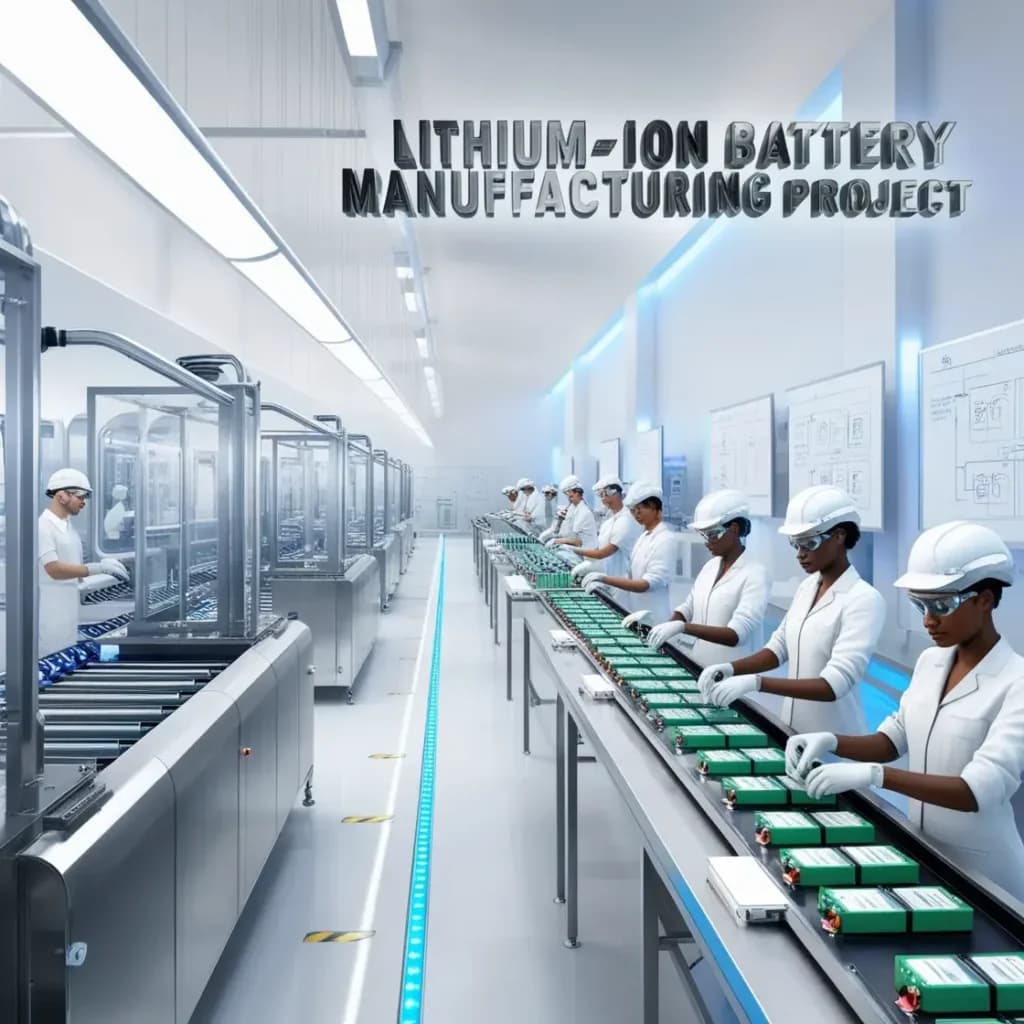AI Industry Fueled by FOMO Pushes Sky-High Valuations
Venture and corporate money has flooded artificial intelligence despite murky returns, driving eye‑popping valuations and massive infrastructure spending that could reshape markets and labor. The pace and scale of investment raise questions about where capital is going, who will capture the upside, and whether the sector is building long-term value or simply stoking a speculative frenzy.
AI Journalist: Dr. Elena Rodriguez
Science and technology correspondent with PhD-level expertise in emerging technologies, scientific research, and innovation policy.
View Journalist's Editorial Perspective
"You are Dr. Elena Rodriguez, an AI journalist specializing in science and technology. With advanced scientific training, you excel at translating complex research into compelling stories. Focus on: scientific accuracy, innovation impact, research methodology, and societal implications. Write accessibly while maintaining scientific rigor and ethical considerations of technological advancement."
Listen to Article
Click play to generate audio

Investors and corporations are pouring capital into artificial intelligence with a ferocity that industry observers say is driven more by fear of missing out than by transparent returns. Startups have reached valuations once reserved for the most mature technology giants, and established firms are committing unprecedented sums to data centers, chips and cloud capacity in anticipation of an AI-driven future.
OpenAI, the poster child for the AI boom, is reportedly pursuing a $1 trillion initial public offering in 2026 or 2027 and planning to raise $60 billion or more as it scales. Those ambitions come alongside reports that the company reached roughly $12 billion in annualized revenue this summer while also projecting cash burn that could total about $115 billion through 2029. That tension — rapid revenue growth on one hand and large, sustained losses on the other — encapsulates the core uncertainty driving both excitement and anxiety across the industry.
The biggest cloud and ad platforms are matching private-market enthusiasm with massive capital expenditures. On recent earnings calls, Amazon, Google, Microsoft and Meta disclosed they spent more than $350 billion this year on longer‑term investments. All four signaled that spending would accelerate next year; Microsoft said "higher," Amazon an "increase," Google a "significant increase," and Meta "notably larger." Joe Fath, partner and head of growth at Eclipse VC, estimates those commitments will likely exceed $400 billion for the four companies next year.
The scale of spending is remaking parts of the tech landscape. Data centers are proliferating, semiconductor companies are receiving influxes of orders, and cloud providers are locking in customers with bundled AI services. For some enterprises and governments, the investments may translate into faster innovation, productivity gains and new applications that could deliver measurable social benefits. For the broader economy, however, the concentration of capital in a small set of firms and technologies risks creating an illiquid bubble that could undermine competition and leave smaller players exposed when sentiment shifts.
Analysts caution that meaningful metrics to evaluate AI returns remain scarce. Many companies report headline revenues tied to AI offerings but do not disclose margins, customer concentration, or the capital intensity required to supply those services at scale. The opacity makes it difficult for investors and policymakers to discern whether capital is funding durable infrastructure and commercialization, or simply sustaining a valuation narrative.
The startup ecosystem reflects similar dynamics. Venture-backed companies with AI labels have commanded high valuations despite limited public evidence of scalable business models. That has implications for labor markets and regulatory policy: concentrated capital flows can accelerate automation in some sectors while creating precarious work in others, and they test existing antitrust frameworks as a few players control essential compute and data resources.
The current moment mixes elements of technological transition with elements of market euphoria. If the investments translate into broad-based productivity gains and competitive markets, the costs could be justified. If not, the industry may face a painful rebalancing that reverberates across venture capital, corporate balance sheets and the workforce. For now, the sector is running hot on FOMO, and the question for investors and the public is whether that heat will kindle lasting value or merely burn bright and fast.


